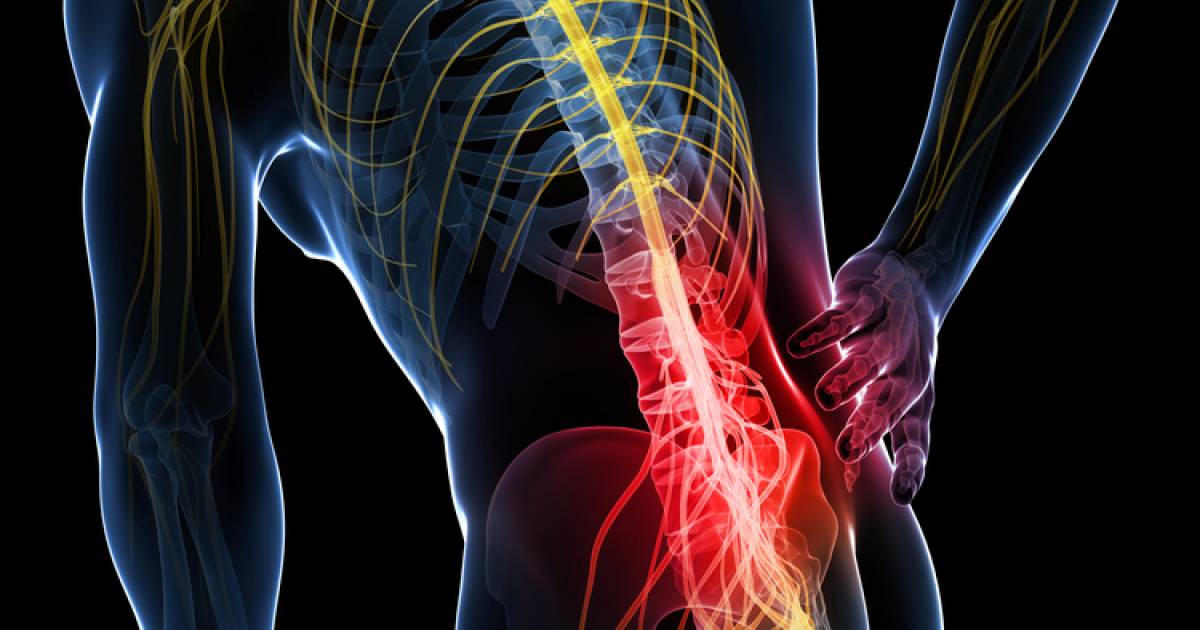Everything You Need To Know About Degenerative Disc Disease
Degenerative disc disease is a term used to describe the breakdown of spinal discs in the back that occurs naturally with age. It is not necessarily a disease but can be considered an age-related occurrence. Spinal discs interlock the bones that make up the spine. They are soft and compressible and act as shock absorbers, allowing the spine to flex, twist, and bend. Degenerative disc disease usually occurs in the discs located in the lower back and neck, and changes in discs can result in neck pain and other conditions that put pressure on the spinal cord and nerves, which may affect nerve function.
May Cause Neck And Back Pain

Degenerative disc disease may cause changes in the spinal discs that can develop into osteoarthritis, a herniated disc, or spinal stenosis. Osteoarthritis occurs when the tissue or cartilage that protects and cushions the joints starts to break down. A herniated disc is an abnormal bulge of a spinal disc, and it may also occur when one of the spinal discs break open. Spinal stenosis is characterized by the narrowing of the spinal canal or the open space located in the spine.
Causes

Most changes in the spinal cord are age-related, and they occur when the spinal discs break down or degenerate. This may be due to the loss of fluids in the spinal discs, which reduces the disc's ability to absorb shock or act as a cushion. Loss of fluid makes the spinal discs thinner and narrows the amount of space in between the vertebrae. It also causes inflexibility in the spine. Degenerative disc disease may also be due to tiny cracks or tears in the outer layer of the disc, which may cause the disc to break into fragments or bulge.
